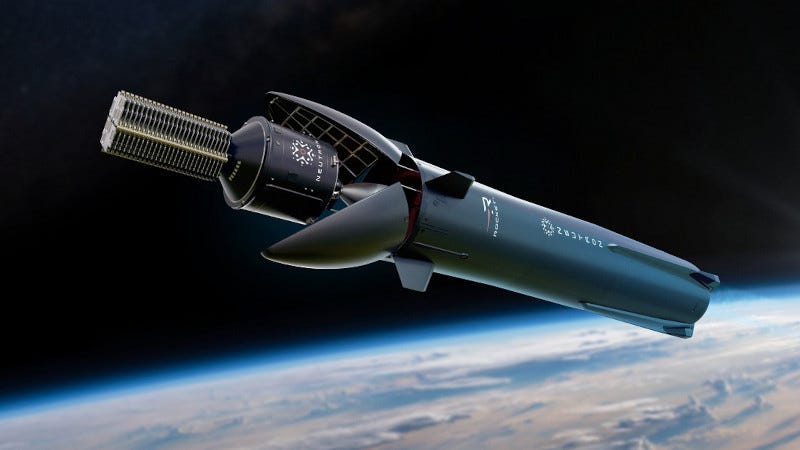The Federal Aviation Administration (FAA) ended Fiscal Year 2024 with a record 148 licensed commercial space operations, up more than 30 percent over the prior year. The FAA forecasts that number may more than double by FY 2028.
To address the expected surge in launches, the agency plans to stand up an Aerospace Rulemaking Committee to update the FAA’s Part 450 launch and reentry licensing rule. The committee will consist of members of the commercial space industry and academia and will focus on nine topics, including flight safety analyses, system safety, and means of compliance. It is expected to submit a report with recommended changes to Part 450 rule by late summer 2025. The FAA would then use the recommendations to plan future rulemaking actions.
The FAA Office of Commercial Space Transportation continues to fine-tune its internal processes and policies and has significantly increased staffing to the highest level in its 40-year history. In addition, it is developing tools to automate license application submission and evaluation and expanded its educational outreach to the industry with additional pre-application consultation opportunities, advisory circulars, online workshops, and more.
-0-
A multi-launch agreement with a confidential commercial satellite constellation operator has been signed by Rocket Lab for its new medium-lift rocket Neutron.
Under the contract, Rocket Lab will launch two dedicated missions on Neutron starting about mid-2026 from Rocket Lab Launch Complex 3 on Wallops Island, Virginia. The launch service agreement for these missions signifies the beginning of a productive collaboration that could see Neutron deploy the entire constellation.
In addition to serving customers, Rocket Lab says Neutron is key to the company’s strategy as an end-to-end space company preparing to deploy its own constellations and deliver services from space in the future.
-0-
A couple of significant market reports were released this week. The Earth Observation (EO) Satellite Market size is expected to reach $500 million by 2030, growing at a compound annual growth rate (CAGR) of 6.90% from 2024 to 2032, according to a new report from Market Research Future.
The EO satellite market has emerged as one of the most critical sectors within the broader space industry, offering invaluable data and insights for a wide range of applications across multiple industries. EO satellites play a significant role in monitoring the Earth's surface, atmosphere, and oceans, providing critical data for climate studies, agriculture, disaster management, urban planning, and national security.
The rising demand for accurate and timely Earth observation data, coupled with innovations in satellite miniaturization, cost-effective launch solutions, and artificial intelligence (AI) integration, is likely to shape the future trajectory of the market. The next decade promises substantial growth, driven by the increasing adoption of EO satellites in sectors ranging from agriculture and forestry to defense and disaster management.
-0-
After experiencing substantial growth over the past decade, the Satellite Communications Market is poised for continued expansion through 2030, according to new projections from Market Research Future.
The market will grow to approximately $34.85 billion by 2030, according to the company's research. This growth translates to a compound annual growth rate (CAGR) of 8.44% from 2023 to 2030.
Several factors are contributing to the market's upward trajectory, including the increasing use of marine Very Small Aperture Terminals (VSAT), the rising demand for compact SATCOM solutions, and the continuous military satellite launches. These trends not only reflect the growing demand for satellite communication solutions but also underscore the broad applications of SATCOM technology across commercial, military, and government sectors.
-0-
And speaking of communications satellites, this week on The Ex Terra Podcast we welcomed Shey Sabripour, founder and CEO of CesiumAstro. The company recently announced its “Element” integrated phased-array satellite.
“Phased Array is a device that’s been around … it’s a technology that’s been around for a long, long time. It was conceived and conceptualized and invented well over 100 years ago. But ultimately it was used in radar applications,” Sabripour said.
“It is a device that allow you to electronically steer these beams. So what you want to do is you want to have these agile beams that dynamically steer. That’s what phased arrays do. They just electronically steer the beams, but they provide many other applications. You can dynamically change the frequency per beam, you can dynamically adjust the power to each beam, and in military applications there are lots and lots of benefits with phased arrays that come this multi-user, electronically steerable, dynamic, software-defined beams.”
CesiumAstro's scalable products range from discrete modules to complete software-defined payloads that "work out of the box". The integrated product line ranges from single-beam downlink solutions to multi-beam, full-duplex communications payloads.

















